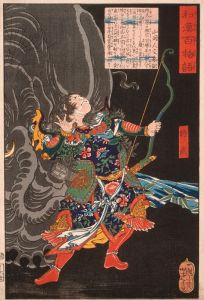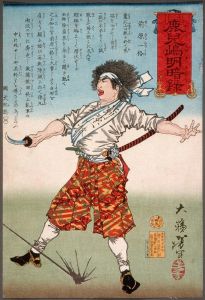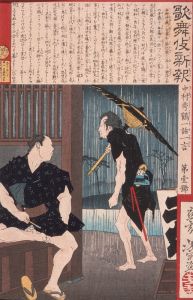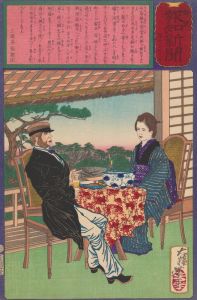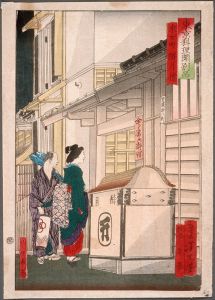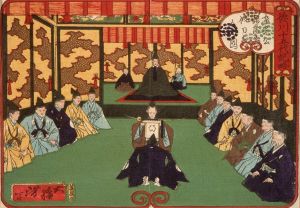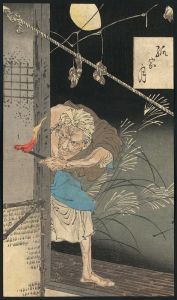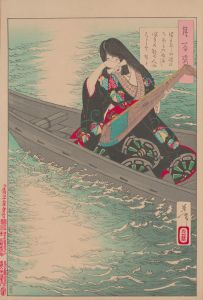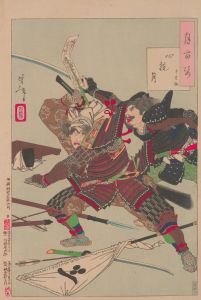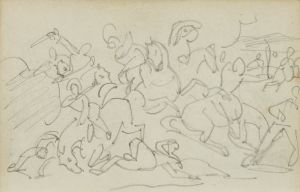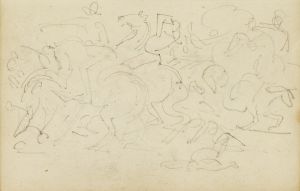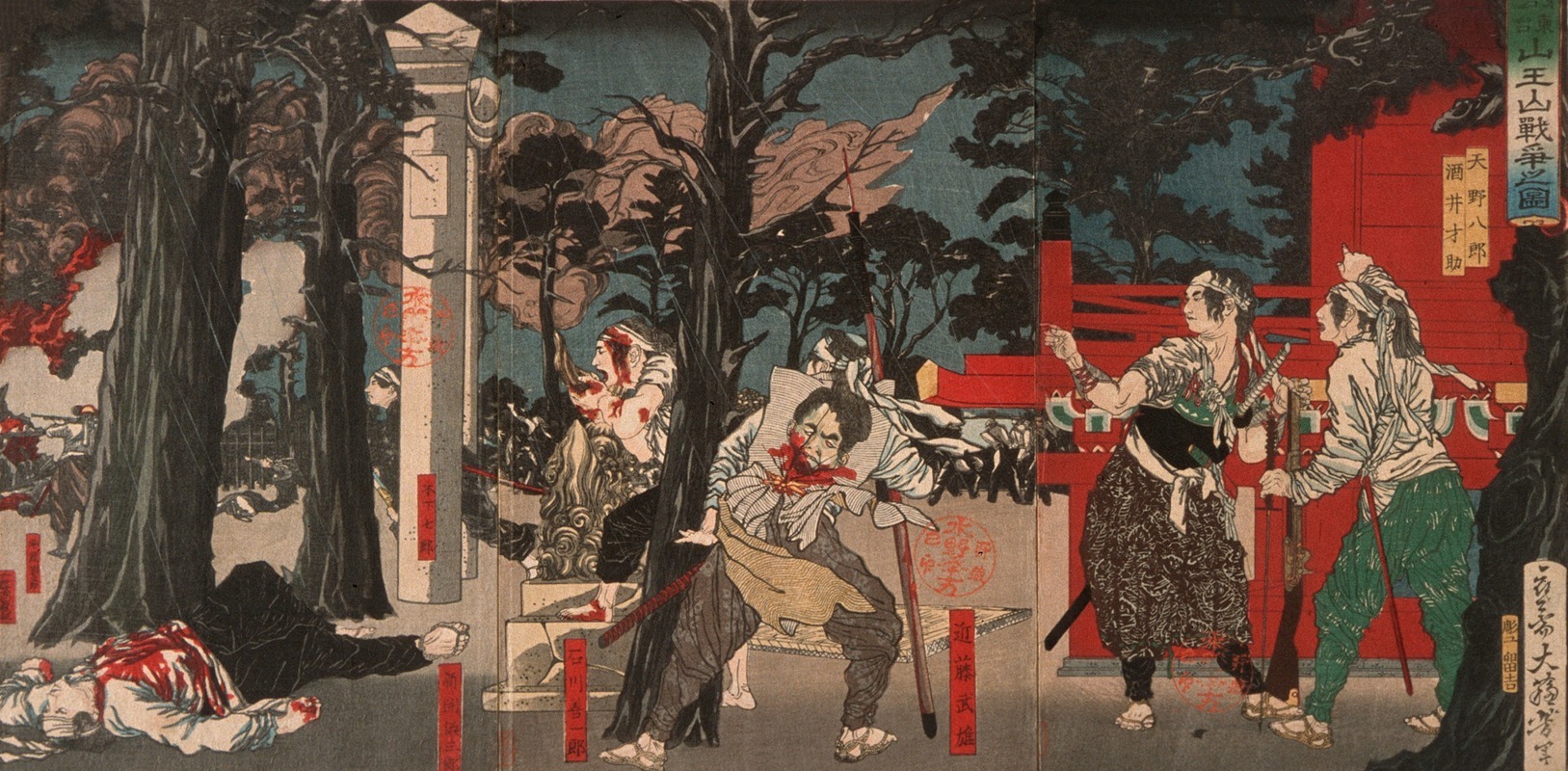
The Battle of Sannō Shrine at Tōeizan Temple
A hand-painted replica of Tsukioka Yoshitoshi’s masterpiece The Battle of Sannō Shrine at Tōeizan Temple, meticulously crafted by professional artists to capture the true essence of the original. Each piece is created with museum-quality canvas and rare mineral pigments, carefully painted by experienced artists with delicate brushstrokes and rich, layered colors to perfectly recreate the texture of the original artwork. Unlike machine-printed reproductions, this hand-painted version brings the painting to life, infused with the artist’s emotions and skill in every stroke. Whether for personal collection or home decoration, it instantly elevates the artistic atmosphere of any space.
Tsukioka Yoshitoshi (1839–1892) was a prominent Japanese ukiyo-e artist, known for his innovative and dramatic woodblock prints. One of his works, The Battle of Sannō Shrine at Tōeizan Temple, depicts a historical scene with Yoshitoshi's characteristic attention to detail and dynamic composition. This artwork is part of his broader exploration of historical and legendary themes, which often combined vivid storytelling with striking visual elements.
The scene portrayed in this print is set at the Sannō Shrine, located within the grounds of Tōeizan Temple (modern-day Kan'ei-ji Temple) in Edo (present-day Tokyo). The Sannō Shrine was historically significant as it was associated with the Tokugawa shogunate and served as a place of worship for the ruling elite. The specific battle depicted in Yoshitoshi's work is believed to be related to the Boshin War (1868–1869), a civil conflict in Japan that marked the end of the Tokugawa shogunate and the beginning of the Meiji Restoration. This war saw clashes between the pro-shogunate forces and the imperial loyalists, with battles occurring in various locations, including Edo.
Yoshitoshi's print captures the intensity of the conflict, showcasing armed warriors engaged in combat amidst the backdrop of the shrine and temple grounds. His use of bold lines, dramatic poses, and intricate detailing brings the chaotic energy of the battle to life. The artist often employed a mix of traditional ukiyo-e techniques and modern influences, reflecting the transitional period in which he lived. This blend of styles is evident in The Battle of Sannō Shrine at Tōeizan Temple, where the composition combines classical Japanese aesthetics with a heightened sense of realism and emotion.
While the exact date of this print's creation is not always specified, it aligns with Yoshitoshi's later works, which frequently focused on historical and military subjects. These works often served as a reflection on Japan's turbulent transition from the feudal era to the modern age. Yoshitoshi's ability to convey both the heroism and tragedy of such events has cemented his reputation as one of the last great masters of ukiyo-e.
Today, The Battle of Sannō Shrine at Tōeizan Temple is appreciated not only for its artistic merit but also as a historical artifact that provides insight into the cultural and political upheavals of 19th-century Japan. The print is part of Yoshitoshi's broader legacy, which continues to be studied and celebrated for its contribution to Japanese art and history.






